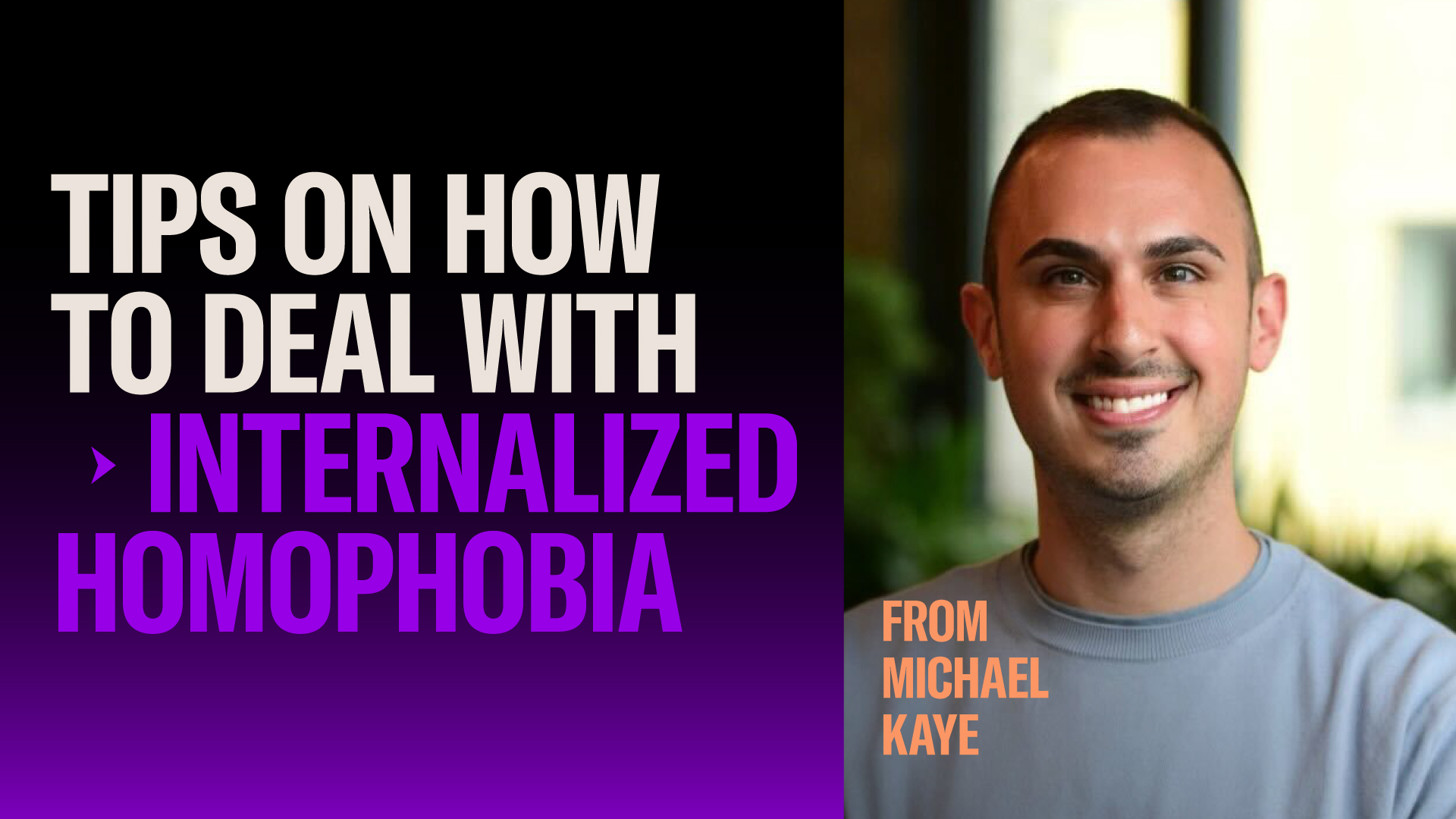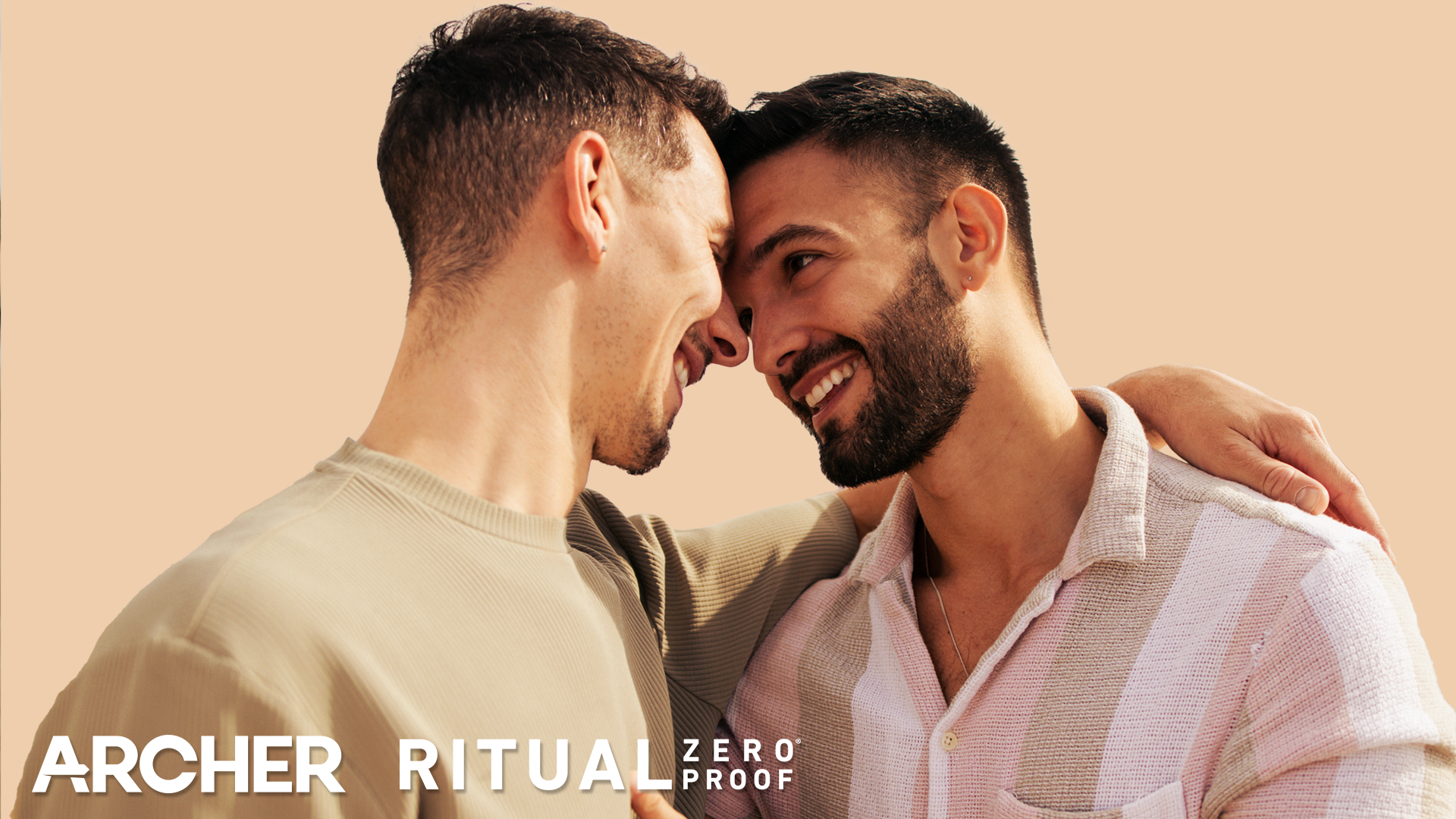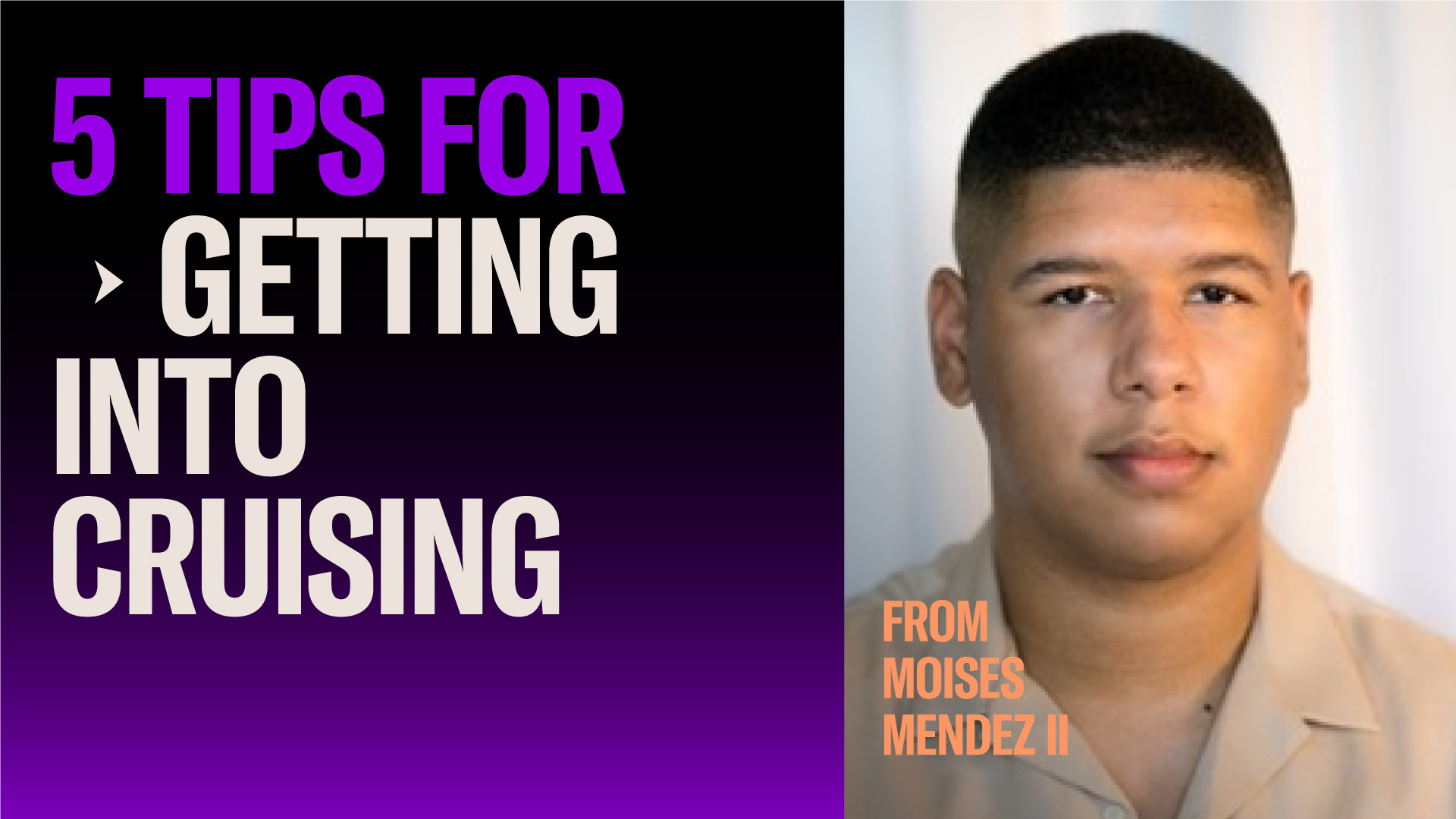You may be asking, what is internalized homophobia? It’s something many queer people experience, and it’s what happens when LGBTQ people direct the hatred they experience from the sexual majority (straight people) towards themselves. According to The Rainbow Project, internalized homophobia —— can affect gay, lesbian and bisexual people, and even heterosexual people who have been taught that heterosexuality is the norm. Sadly, the effects of internalized homophobia can lead to a variety of mental health issues, with depression and anxiety being chief among them.
When I was growing up, most queer stories were grounded in trauma; the stories detailed losing connections with family and friends, being removed from home, and feeling completely isolated.. As I became aware of my own sexuality I would sometimes think “I hate being gay.” The shame I felt pushed me into denial about my orientation for many years. Because I was denying who I was authentically, though, I experienced a range of mental health challenges, including anxiety, depression, low self-esteem, and a poor body image.
Fortunately, over the years I found I was not alone—and you aren’t either. It may take longer (or shorter!) for some overcoming internalized homophobia to unpack their feelings, society’s reactions to who they are, and even those of close friends, and that’s okay. As you navigate your experience, here are my tips on how to deal with internalized homophobia that will also help you practice self-love, and get you to a point where you celebrate your sexuality.
Tip 1: Come out when you feel ready.
More people are coming out at younger ages. But everyone is on their own timeline! Deciding when to come out isn’t easy, so spend time listening to your inner self and don’t let outside influences pressure you.
Tip 2: Talk about your experiences and feelings.
I’ve become more comfortable with my community and my part in the community when I’ve discussed it with friends that I trust. Through conversations about the queer community and how we all act differently, and have different interests, I’ve learned about shared experiences that align with my journey.
Tip 3: Find your chosen family.
A wise person once said, go where you are welcomed! The LGBTQ+ community is beautifully diverse and vast—you will find people who love and support you. Don’t be afraid to put yourself out there to meet peers in the space because it’s how you’ll find your tribe. Love anime? Drag Race? Gaming? There’s a chosen family waiting for you within the rainbow community.
Tip 4: Break gender norms.
I went to a gay bar for the first time when I was 25 years old, I went to my first drag show when I was 26, and my first Pride Parade when I was 27. I wish I hadn’t waited so long to experience these beautiful, welcoming places because they helped me feel more comfortable in my own skin. If you’re hesitant, take baby steps! Paint your nails. Try out for that volleyball league.
Tip 5: Don’t be afraid to ask for help.
There are many resources available to the LGBTQ+ community. Finding a queer therapist, especially one that focuses on dealing with LGBTQ+ issues, for example, can be a great resource. There are national sites, including the National Queer and Trans Therapists of Color Network that lists LGBTQ POC therapists, and ways to find local options as well, like Lighthouse in New York City or the Los Angeles LGBT Center. Organizations like Archer’s partner GLAAD, the Human Rights Campaign and The Trevor Project also have robust information and resources available.
Tip 6: Continue to learn more about yourself and your community.
Read and watch queer stories! The Advocate, Out, Queerty and other LGBTQ+ publications cover hot topics and stories affecting the community. You can also volunteer with a nonprofit organization. I spent over five years volunteering with the Human Rights Campaign, and I’ve begun building meaningful connections with other queer people in-person and online, including on Archer. Embracing queer culture has expanded my network and enriched my life.





